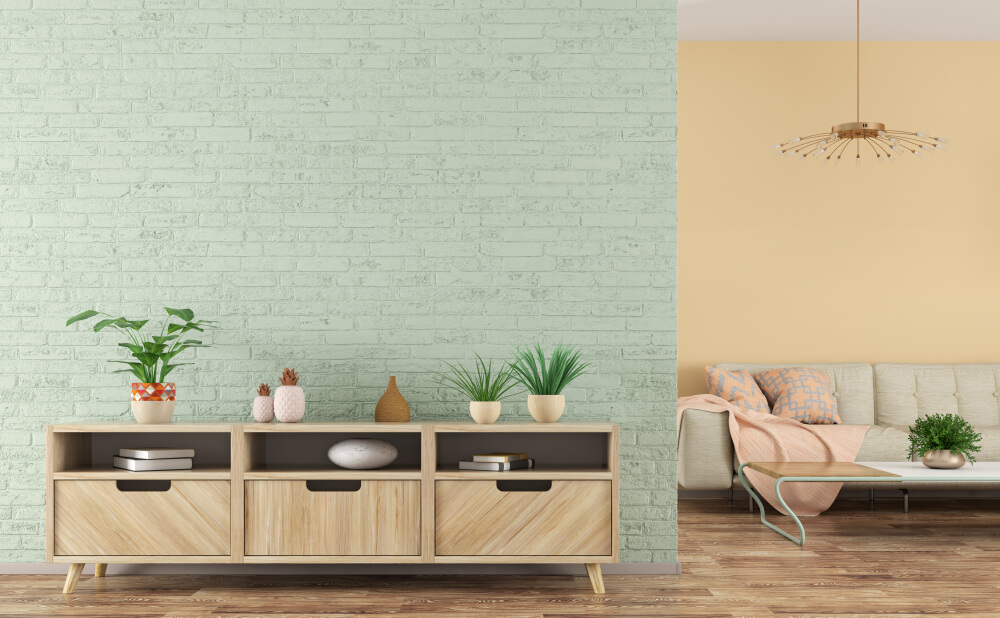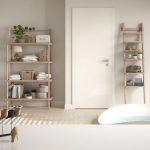
Those who work in the furniture world will know exactly what the differences are between a credenza, sideboard, and buffet. For the average person, however, it can be confusing.
When shopping for furniture, it can be hard to know what you’re looking for unless you know the purpose and features of these three items. While one may be suited to your requirements, the others may not be fit for the purpose. Therefore, it’s worth spending the time to learn the differences between them to make an informed decision.
For ease of explanation and comparison, we’ll start by looking at sideboards, then buffets, finishing with a look at credenzas.
What is a Sideboard?
Originating in England, the sideboard’s original purpose was to set out plates of food before serving them to guests in the dining room. They typically have short legs or no legs at all and feature cabinets that reach the floor. Sideboards vary in style, but all of them will have various drawers, cupboards, and compartments.
The primary purpose of the sideboard is no longer to set out food. Instead, people now use them to store items used for dining. This can include cutlery, serving dishes, plates, cups, napkins, and fine china. The surface of the sideboard tends to be used to display ornaments, photos, and other objects.
As this item of furniture has evolved, its uses extend beyond the dining room. It can be at home in a living room, lounge, kitchen, hallway, or another area of the house. Because of its handy storage areas, you can use this versatile piece of furniture just about anywhere. They’re a popular choice for adding decorative storage to a room.
What is a Buffet?
You may be more familiar with the word “buffet” being used to describe an area with various plates of food where guests can serve themselves. Indeed, this was the buffet’s original purpose.
Similar to the sideboard, the buffet was used to set out plates of food from which guests served themselves. The very idea of the buffet is to create a generous and plentiful feeling in the host’s dining room.
The key difference between a sideboard and a buffet is that the buffet has long legs and is taller. The buffet also features cabinets, drawers, and other storage features, but it is not as flexible as a sideboard.
Because of this lack of versatility, you will only find the buffet in dining areas of homes. A buffet will tend to look out of place situated elsewhere. If you know where to look, you can find some great deals on sideboards and buffets.
What is a Credenza?
Last but not least, the credenza has an interesting history. Their original purpose was a holding area for plates of food intended for royalty. Before the food was served, testers would try it to ensure that it hadn’t been poisoned.
Because the credenza was originally intended for royal households, they tend to be much fancier in design than the buffet or sideboard. Like sideboards, they have short legs or no legs at all. The lower part usually consists of long, low cabinets with sliding doors.
Sometimes, the top may feature glass display cabinets and shelves that extend upwards. Made of wood, the credenza typically has decorative details and can be quite formal in design.
People use credenzas today to display fancy glasses, plates, and other dining ware. The cabinets are usually used to store the best china and dining accessories.
Like the buffet, you will usually only find a credenza in the dining area of a home. Because it’s larger than the buffet, it’s more at home in larger rooms. If you know where to look, you can find some geat looking credenzas on sale.
Credenza, Sideboard, or Buffet – Which is Right for Me?
Ask yourself the following questions to help you decide which of the three items will be best for you:
- In which room do you intend to place the furniture?
- How large is this room?
- How do you tend to dine? Casually or more formally?
- Do you hold many dinner parties?
- Do you have a lot of high-quality crockery and cutlery that needs to be carefully stored?
- Are you planning to use it only for general storage and display?
Your answers to these questions will make it easier to decide whether you need a sideboard, buffet, or credenza. However, if you have a strong personal preference for one style, then there’s no reason why you can’t have it in a room of your choosing. There’s nothing to say that we can’t break the “rules” of dining furniture!
Share this:




